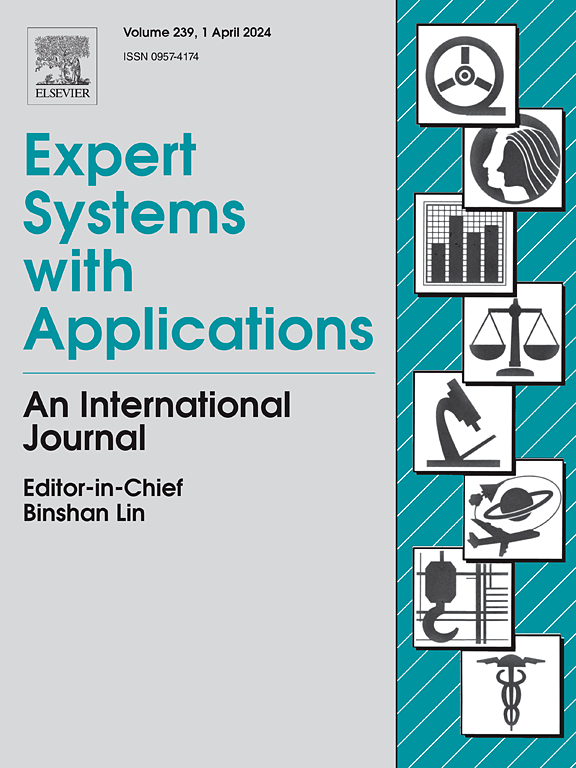Performing task automation for surgical robot: A spatial–temporal varying primal–dual neural network with guided obstacle avoidance and null space optimization
IF 7.5
1区 计算机科学
Q1 COMPUTER SCIENCE, ARTIFICIAL INTELLIGENCE
引用次数: 0
Abstract
Performing surgical tasks safely and reliably presents significant challenges, including obstacle avoidance, joint limit constraints, and motion smoothness during the tool-target alignment (T-TA) stage, as well as precise tracking of preoperative plans during the execution of the preoperative planning surgery path (EPSP). The traditional inverse kinematics methods fall short in addressing these complex motion planning and control issues within the unstructured and time-varying surgical environment. Therefore, a novel spatial–temporal varying primal–dual neural network (STV-PDNN) that incorporates guided obstacle avoidance and null space optimization to address spatial–temporal constraints during surgery is proposed. Firstly, a velocity control quadratic programming (QP) framework based on target distance and orientation metrics is constructed by considering the relationships among the surgical robot, the environment, and the surgical target. Then, the STV-PDNN enables real-time problem-solving across two specific stages, employing velocity vector projection for obstacle avoidance and joint space obstacle avoidance velocity superposition to enhance the obstacle avoidance guidance. Furthermore, the joint null space optimization and maximum manipulability, along with a preoperative planning path velocity feed-forward and feedback velocity control mechanism, are integrated into the STV-PDNN structure. The improvement facilitates smoother, lower-energy joint movements and effective motion singularity avoidance during the T-TA stage, as well as precise motion control in the EPSP stage. The experiments conducted on the redundant robot Diana7 Med validate the effectiveness of the proposed method in autonomously executing T-TA and EPSP for pedicle screw implantation, offering a promising solution for the task autonomy of surgical robot.
求助全文
约1分钟内获得全文
求助全文
来源期刊

Expert Systems with Applications
工程技术-工程:电子与电气
CiteScore
13.80
自引率
10.60%
发文量
2045
审稿时长
8.7 months
期刊介绍:
Expert Systems With Applications is an international journal dedicated to the exchange of information on expert and intelligent systems used globally in industry, government, and universities. The journal emphasizes original papers covering the design, development, testing, implementation, and management of these systems, offering practical guidelines. It spans various sectors such as finance, engineering, marketing, law, project management, information management, medicine, and more. The journal also welcomes papers on multi-agent systems, knowledge management, neural networks, knowledge discovery, data mining, and other related areas, excluding applications to military/defense systems.
 求助内容:
求助内容: 应助结果提醒方式:
应助结果提醒方式:


